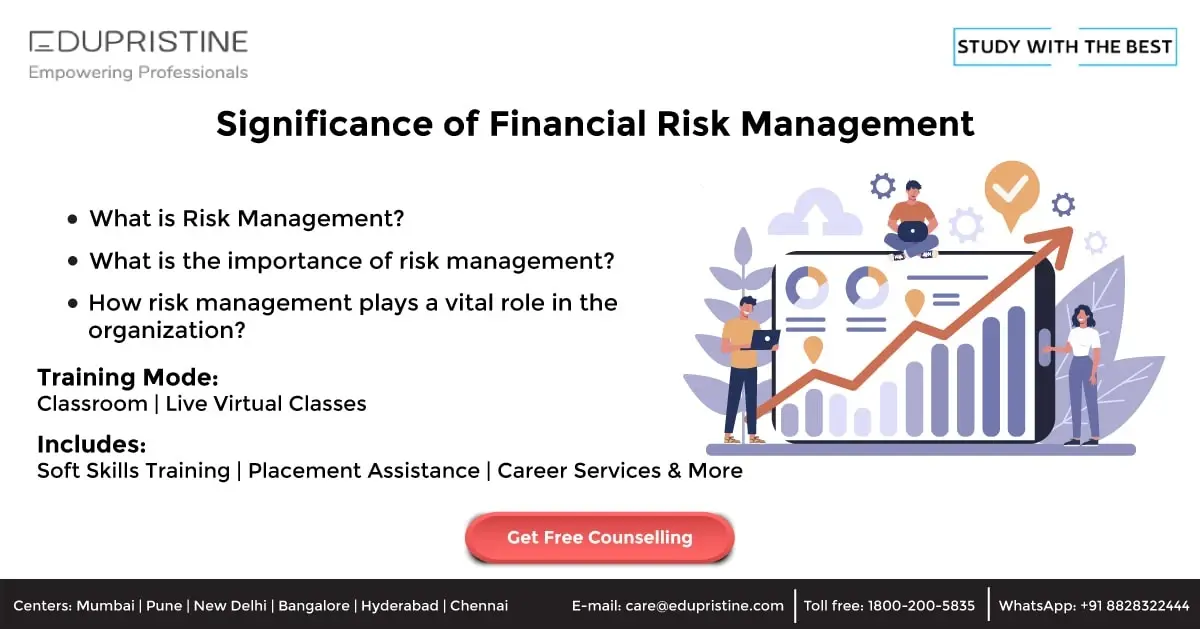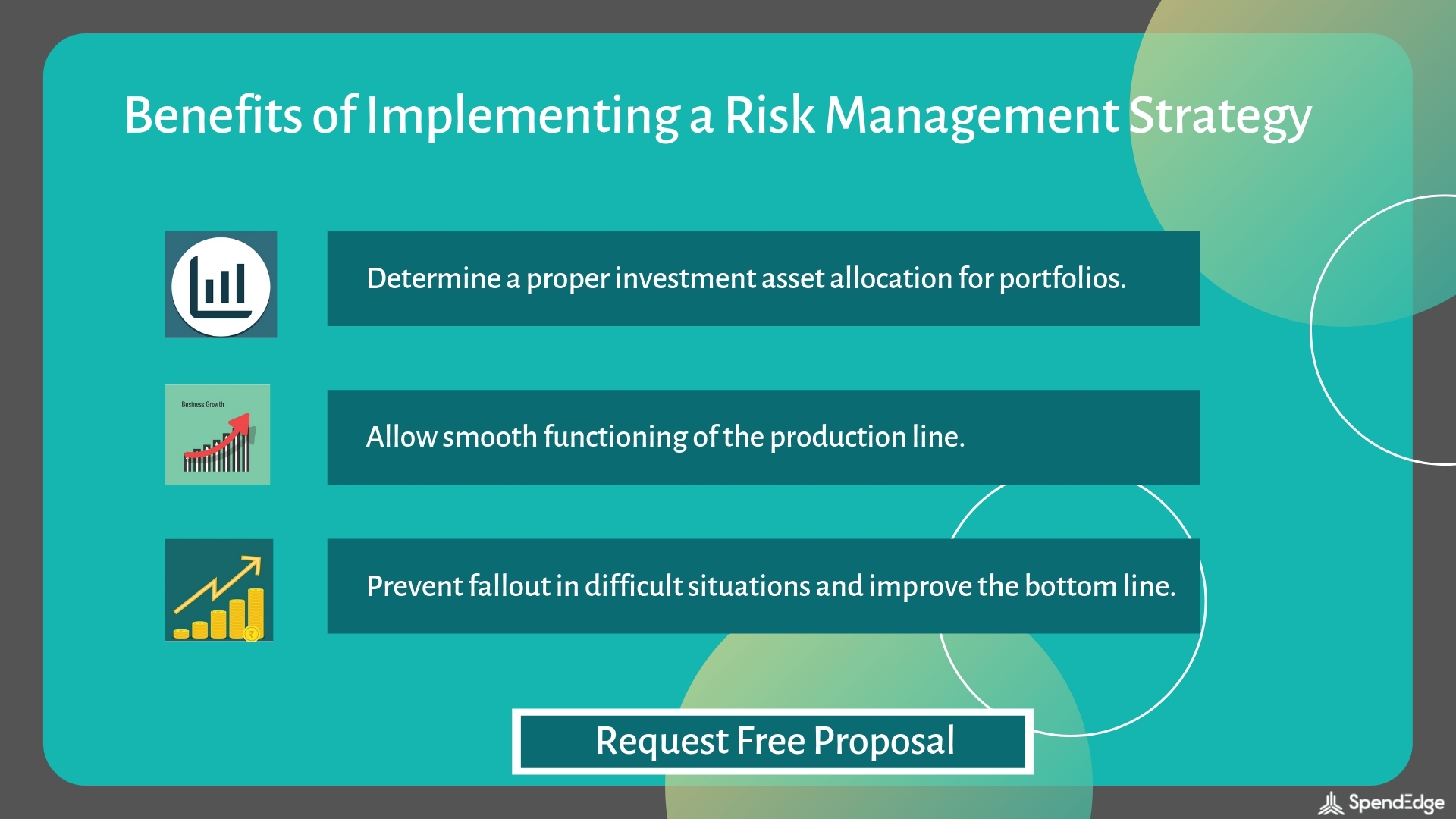A Thorough Guide to Understanding the Importance of Risk Management
A Thorough Guide to Understanding the Importance of Risk Management
Blog Article
Discovering the Significance of Risk Management for Effective Decision-Making Methods
In the detailed globe of business, Risk Management arises as an important element in the decision-making procedure. The ability to recognize prospective threats and opportunities, and strategize as necessary, can spell the distinction in between success and failure.
Recognizing the Concept of Risk Management
Risk Management, a vital element in decision-making, is frequently misunderstood or oversimplified. Risk Management involves disciplined and organized methods, utilizing data and insightful assessments. From monetary uncertainties, legal responsibilities, tactical Management errors, to mishaps and natural disasters, it attends to different dangers - importance of risk management.
The Role of Risk Management in Decision-Making Processes
In the world of critical preparation and business procedures, Risk Management plays an indispensable duty in decision-making processes. Risk Management thus becomes a vital tool in decision-making, assisting leaders to make informed selections based on a thorough understanding of the risks entailed. Risk Management serves as an essential part in the decision-making procedures of any kind of company.

How Risk Management Improves Strategic Preparation
In the context of tactical preparation, Risk Management plays an essential role. Launching with the identification of potential threats, it even more prolongs to the implementation of Risk reduction actions. The duty of Risk Management is vibrant but not static, as it demands continuous surveillance and adjusting of techniques.
Identifying Potential Dangers

Executing Risk Mitigation
Risk mitigation approaches can vary from Risk avoidance, Risk transfer, to take the chance of decrease. Each method ought to be customized to the specific Risk, considering its potential effect and the company's Risk resistance. Reliable Risk reduction calls for a deep understanding of the Risk landscape and the prospective impact of each Risk.
Surveillance and Adjusting Approaches
Though Risk reduction is a crucial step in strategic preparation, continuous surveillance and change of these strategies is equally essential. This continuous procedure allows companies to recognize brand-new dangers and reassess existing ones, ensuring the applied strategies stay reliable in the ever-changing organization setting. It likewise provides a chance to assess the success of the Risk Management procedures, allowing adjustments to be made where required, additional enhancing calculated planning. Reliable monitoring and useful source adjustment need the use of analytics and essential performance indications (KPIs) to measure efficiency. These tools give beneficial data-driven understandings that can notify tactical decision-making. Consequently, surveillance and adjusting Risk Management approaches is a critical component for boosting an organization's durability and tactical planning.
Instance Studies: Successful Risk Management and Decision-Making
On the planet of organization and finance, successful Risk Management and decision-making frequently offer as the pillars of prosperous ventures. One such entity is a multinational oil company that mitigated monetary loss by hedging against fluctuating oil prices. In an additional instance, a tech start-up thrived by recognizing and approving high-risk, high-reward approaches in an unpredictable market. A worldwide bank, encountered with regulatory uncertainties, successfully navigated the scenario with proactive Risk analysis and dynamic decision-making. These instances highlight the value of sharp Risk Management in decision-making processes. It is not the absence of Risk, yet the Management of it, that typically distinguishes effective firms from unsuccessful ones. These instances highlight the important function of Risk Management in strategic decision-making. importance of risk management.
Tools and Techniques for Efficient Risk Management
These tools, such as Risk signs up and warm maps, aid in recognizing and analyzing possible browse around this site threats. Risk response approaches, a crucial component of Risk Management, involve accepting, staying clear of, transferring, or mitigating dangers. With these tools and strategies, decision-makers can check out this site navigate the complex landscape of Risk Management, thereby helping with notified and effective decision-making.
Future Patterns in Risk Management and Decision-Making Approaches
As we discover the huge landscape of Risk Management, it ends up being noticeable that the devices and strategies utilized today will certainly continue to develop. The concept of Risk society, where every participant of an organization is aware and involved in Risk Management, will certainly get much more prestige. These trends herald a more inclusive and aggressive technique in the direction of Risk Management and decision-making.
Final thought

Risk Management thus becomes an essential device in decision-making, assisting leaders to make educated choices based on an extensive understanding of the dangers included. Risk mitigation approaches can vary from Risk evasion, Risk transfer, to take the chance of reduction (importance of risk management). Effective Risk reduction needs a deep understanding of the Risk landscape and the possible impact of each Risk. Risk feedback strategies, a crucial part of Risk Management, involve accepting, preventing, moving, or mitigating risks. The concept of Risk society, where every participant of a company is aware and included in Risk Management, will get more prestige
Report this page